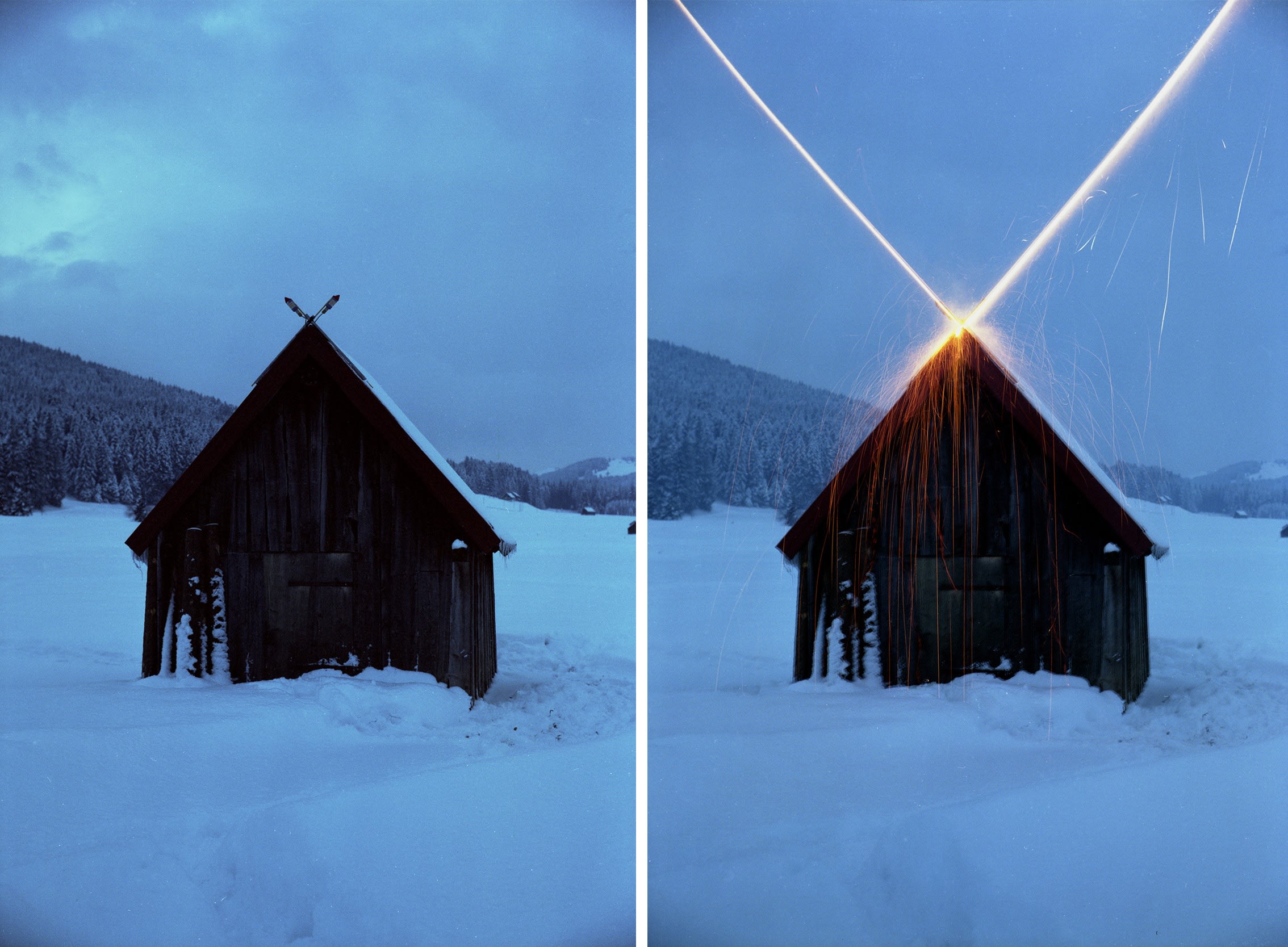Marcel van Eeden is widely considered one of the most important Dutch artists working today. Since the early nineties he has obsessively concerned himself with the act of drawing. Specifically on the rendering and reordering of the vast historical period that stems roughly from the birth of photography to the definite end-limit of 22 November 1965, the day of his birth. Using as his sources only found material that was printed within these parameters, van Eeden relentlessly draws his pre-history to record the experience - the light, the architecture, the travel, the people, the cities, the familiar, the foreign, the intrigue, the art, the violence, literally everything - of a past he could not know. The artist has immersed himself in this encyclopedic swath of material, drawing nearly every day for twenty-five years and counting. Aoife Rosenmeyer, writing in Frieze, remarked that “his monumental project reassures and destabilizes in equal measure – perhaps this is as close to an authentic experience of history as drawing can offer.” Initially van Eeden drew only small, single images: street scenes, art history, trains in their stations, explosions, fights, pastoral landscapes, signs and texts, patterns and abstractions, figures, anything that caught his omnivorous eye. Later on the drawings began to move away from individual scenes and developed into long series of complex tableaux using multiple techniques with linked narrative content and timelines. Over the years van Eeden’s magnum opus has grown to slowly suggest a vast, global web of noirish intrigue, acted out across several continents with a rotating cast of mysterious figures. Steven Henry Madoff, in an ArtForum review, noted that “Nabokov, in his autobiography, Speak, Memory, wrote: ‘I do not believe in time.’ It would seem that van Eeden does not either. But this is only to say that he, like Nabokov, is evidently so fascinated by the kaleidoscopic eventfulness of life and how each of us is changed over its course that he exaggerates time’s brilliant surface, which shines like the mirrored convexity of a bubble, so that all the images that pass over it are at once super-real, suspect, and achingly fragile.”
Dutch, b. 1965
Connect with us.

Keep abreast of new exhibitions and other news.
* denotes required fields
We will process the personal data you have supplied in accordance with our privacy policy (available on request). You can unsubscribe or change your preferences at any time by clicking the link in our emails.
